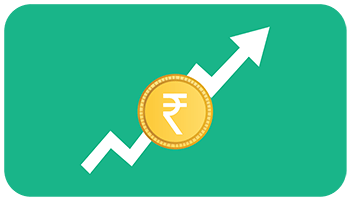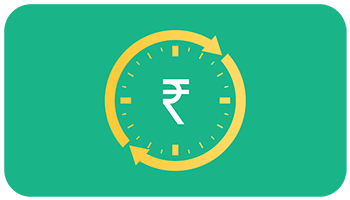The choice to invest in ELSS through SIP or in lumpsum depends on when and why are you investing. If you are looking to save tax at the end of the financial year, investing in lumpsum is your only choice. But if you are investing at the beginning of the financial year, you can either invest in lumpsum or through SIP. ELSS offers tax benefit and also has the growth potential of equities.
Investing in ELSS through SIP has two benefits. Firstly, you lower the risk by spreading your investments over the year. Secondly, you can get a better average price for your units by investing at different NAVs through the year as compared to investing in lumpsum at one point in time because of rupee cost averaging. Thirdly, regular investments done in small amounts doesn’t pinch your wallet as compared to a lumpsum investment But you need to ensure that the total amount invested through the year is the same as what you would like to allocate for ELSS.
Since ELSS funds have a lock-in period of 3 years, if you invest today, you can take your money out only after 3 years in case of lumpsum investment. The lock-in period is also applicable to each SIP payment. If you want to withdraw the full amount invested over 12 months, you will have to wait till the last SIP installment has completed 3 years.













